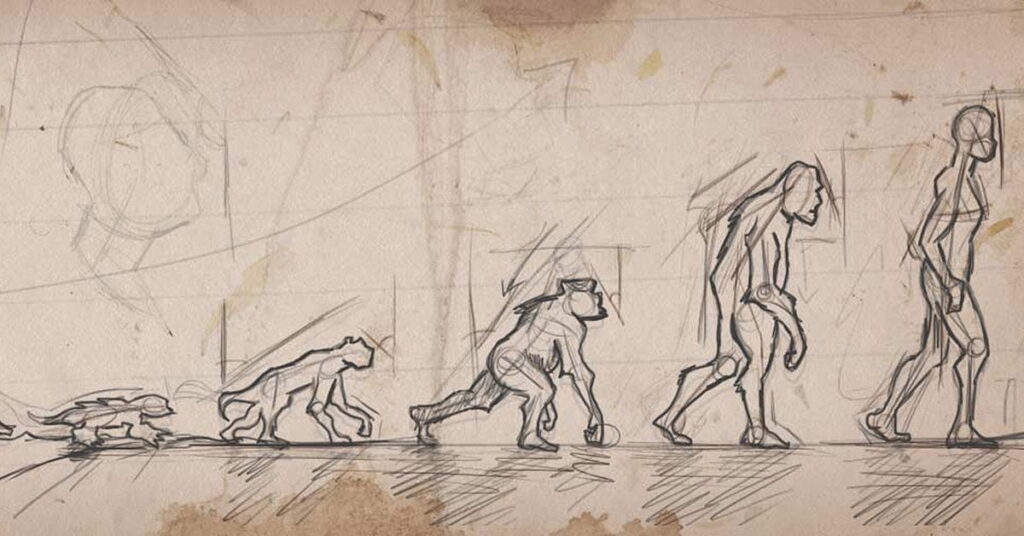
Recent discoveries of new Homo and Australopithecus species in Ethiopia are prompting scientists to reconsider long-held theories about human and ape evolution. These findings, based on the study of 13 fossilized teeth, suggest that these species coexisted between 2.6 and 2.8 million years ago, challenging the traditional linear model of evolution.
The announcement comes as scientists continue to piece together the complex puzzle of human ancestry. The discovery underscores the notion that evolution is not a straightforward progression but rather a complex, branching tree with many dead ends.
Rewriting the Evolutionary Narrative
For decades, the prevailing view of human evolution depicted a steady, linear progression from early hominins to modern humans. However, new evidence often compels scientists to revise these narratives. The recent fossil discoveries in Ethiopia are no exception, painting a richer and more intricate picture of our origins.
A popular science article highlights this shift, stating,
The story of human evolution is not a simple ladder from early forms to more advanced ones. For decades, fossils shaped a picture of steady, linear progress – one form giving rise to another in a neat sequence. But science often rewrites its narratives when new evidence appears.
Challenging Long-Held Assumptions
The study’s findings reveal that Australopithecus and early, unidentified Homo species coexisted in the same region of Africa. One researcher noted,
Here we have two hominin species that are together. Human evolution is not linear – it’s a bushy tree, there are life forms that go extinct.
This development follows a growing body of evidence suggesting that human evolution is more complex than previously thought. The idea of a “bushy tree” rather than a linear progression reflects the diversity and adaptability of early hominins.
Implications for Evolutionary and Creationist Views
While these findings are reshaping scientific understanding of human evolution, they have little impact on creationist perspectives. According to creationist views, species are created according to their kinds, with no transitions between different kinds. Thus, the coexistence of Homo and Australopithecus is seen as evidence of diversity within kinds rather than evolutionary transition.
In the biblical worldview, as articulated by creationist Ken Ham,
We understand God created living creatures according to their kinds: Apes produce more apes. There’s variety within a kind, such as various Australopithecus species (like this new one) within the great ape kind, but one kind will never change into another kind.
Looking Forward: The Future of Evolutionary Research
The move represents a significant step forward in understanding the complexity of human evolution. As more discoveries emerge, scientists will continue to refine their models and theories, integrating new data into the broader narrative of human ancestry.
Meanwhile, these findings highlight the dynamic nature of scientific inquiry, where new evidence can reshape long-standing assumptions. The ongoing research in Ethiopia and other regions promises to provide further insights into the intricate web of human evolution.
As the scientific community continues to explore these questions, the debate between evolutionary and creationist perspectives remains a central theme in discussions about human origins. The discoveries in Ethiopia are a testament to the ever-evolving nature of science and the quest to understand our past.







